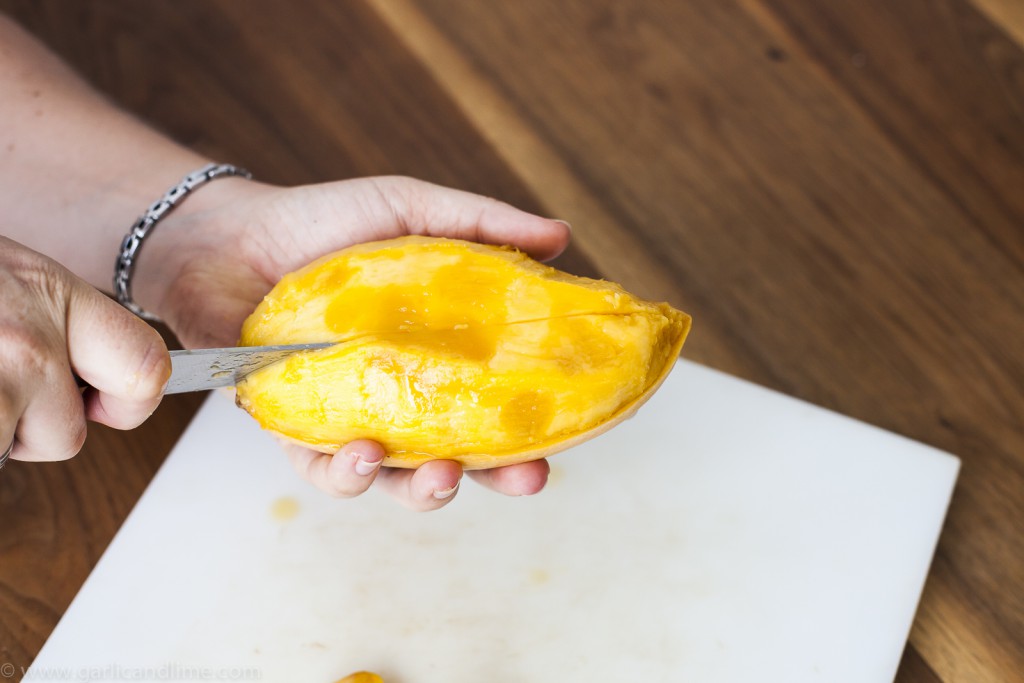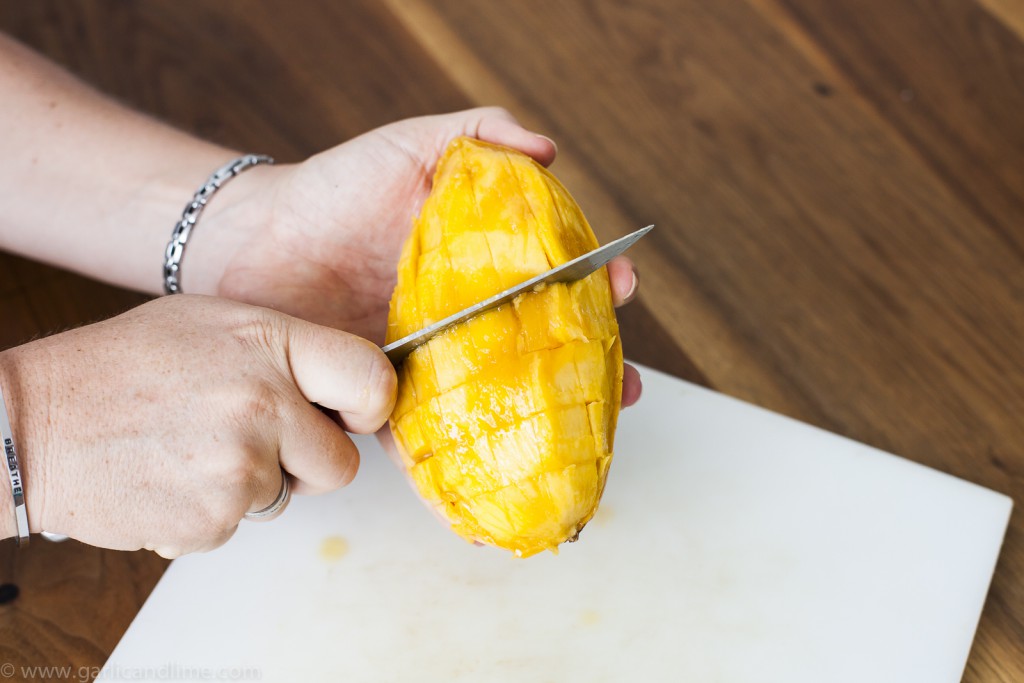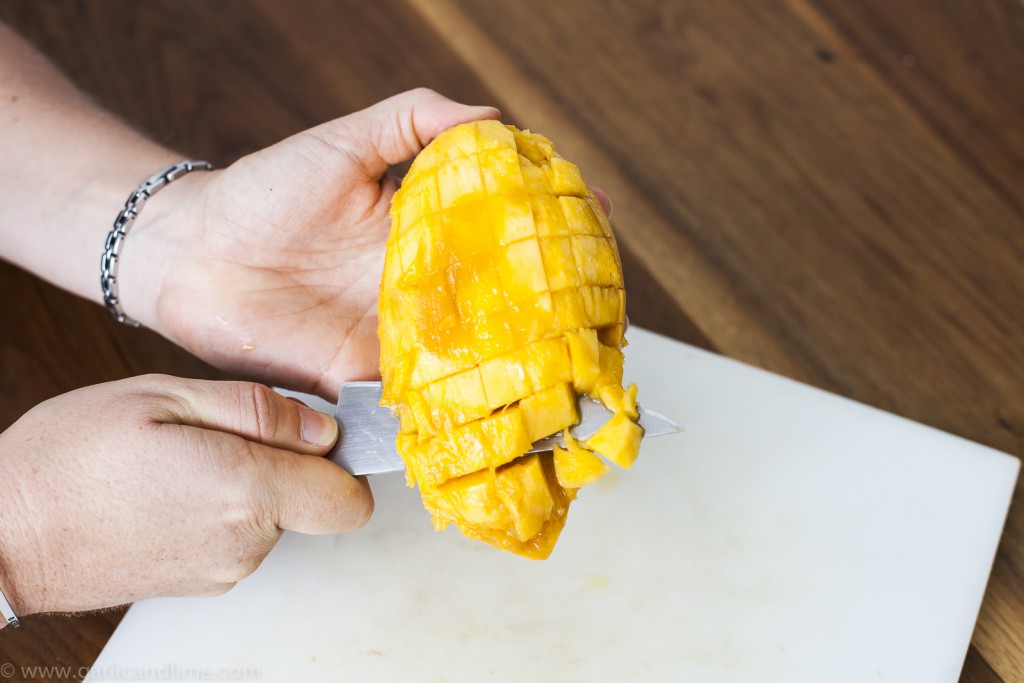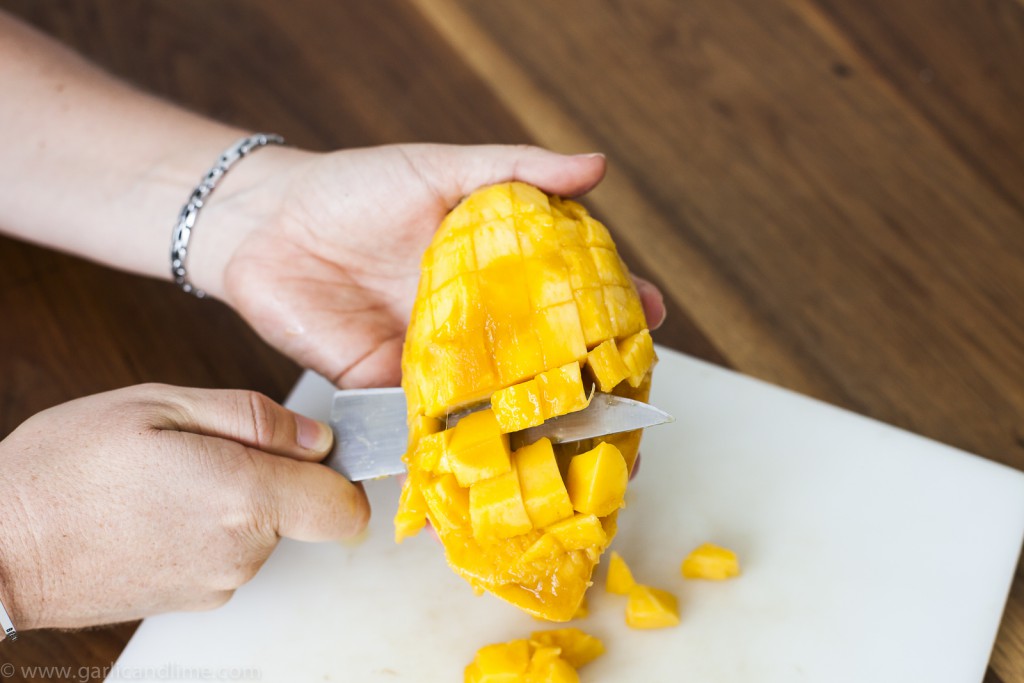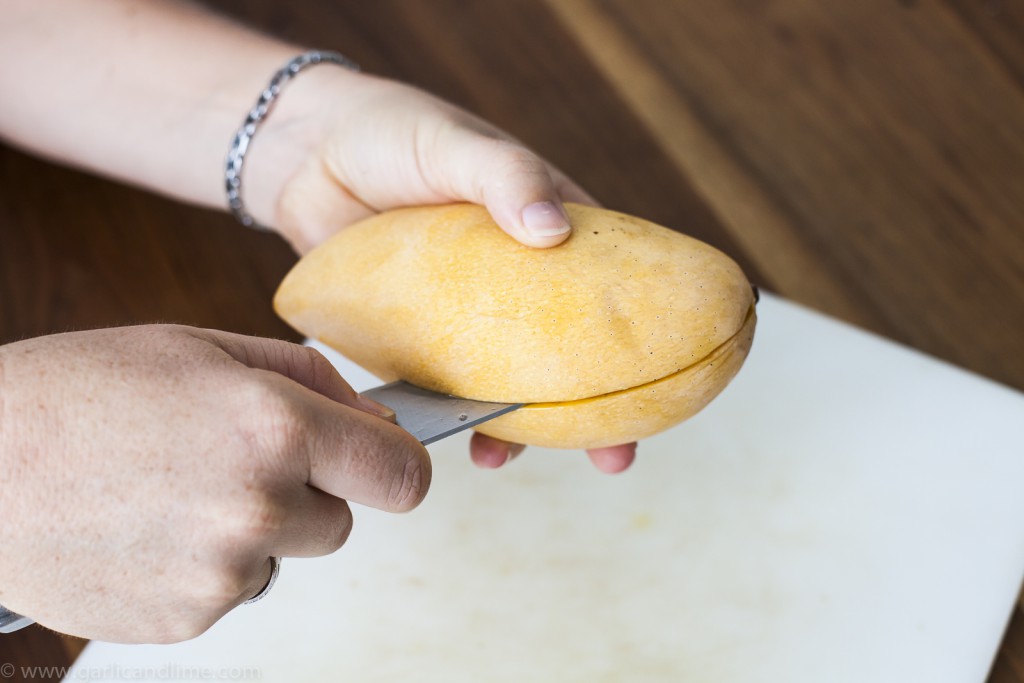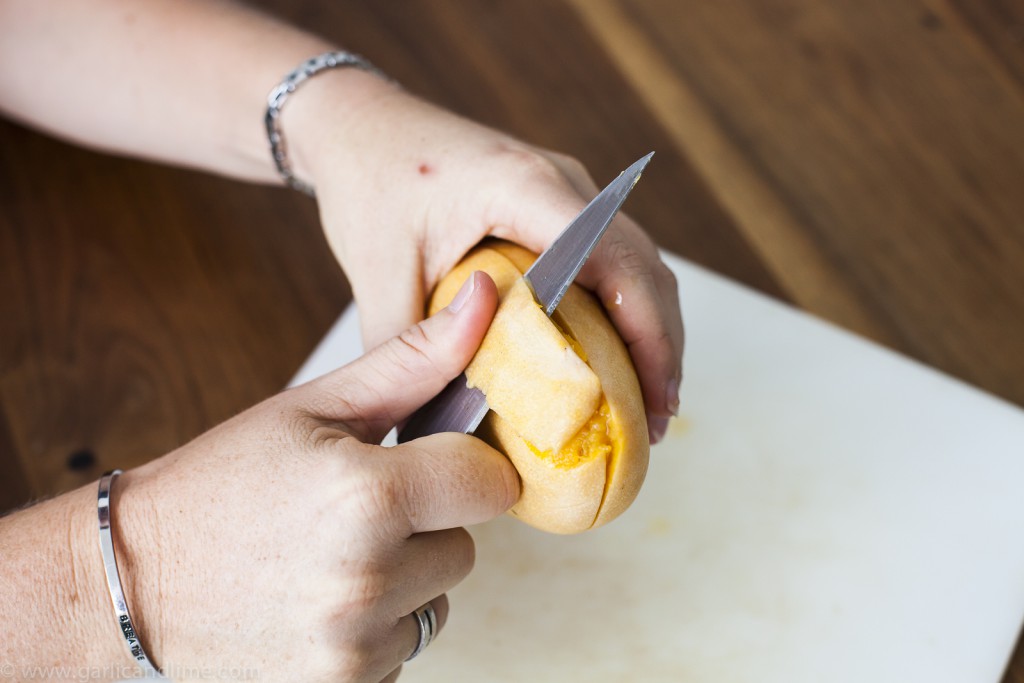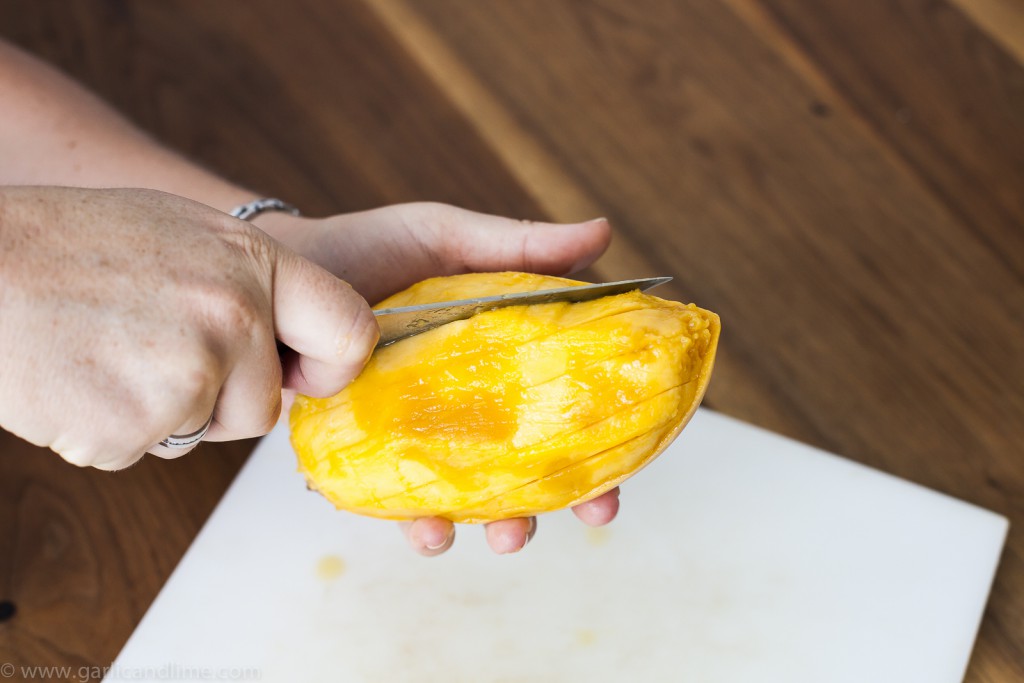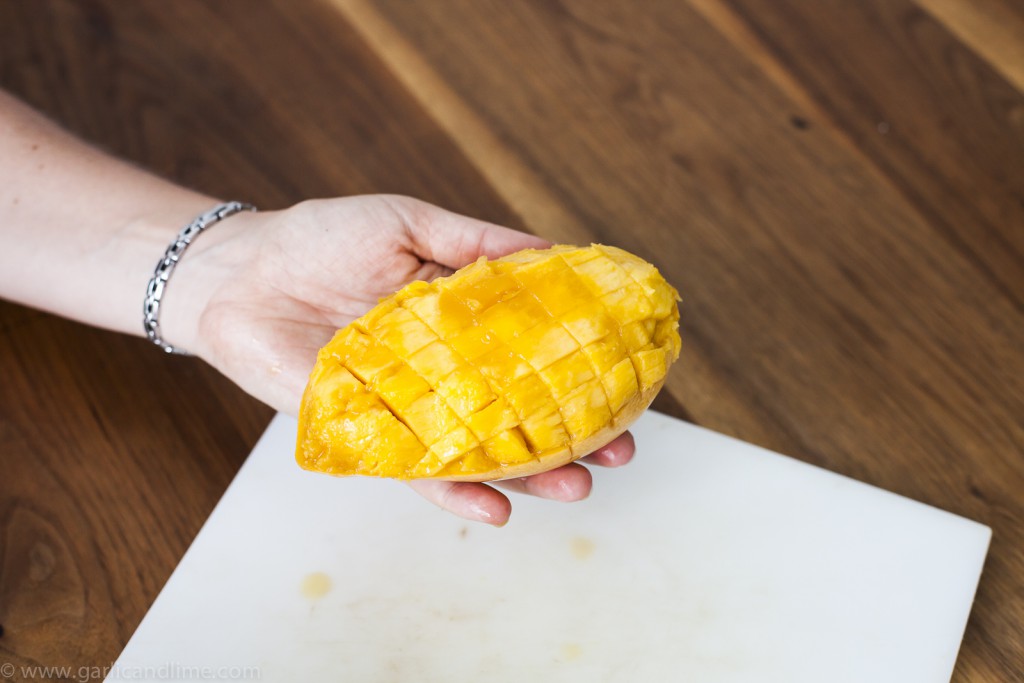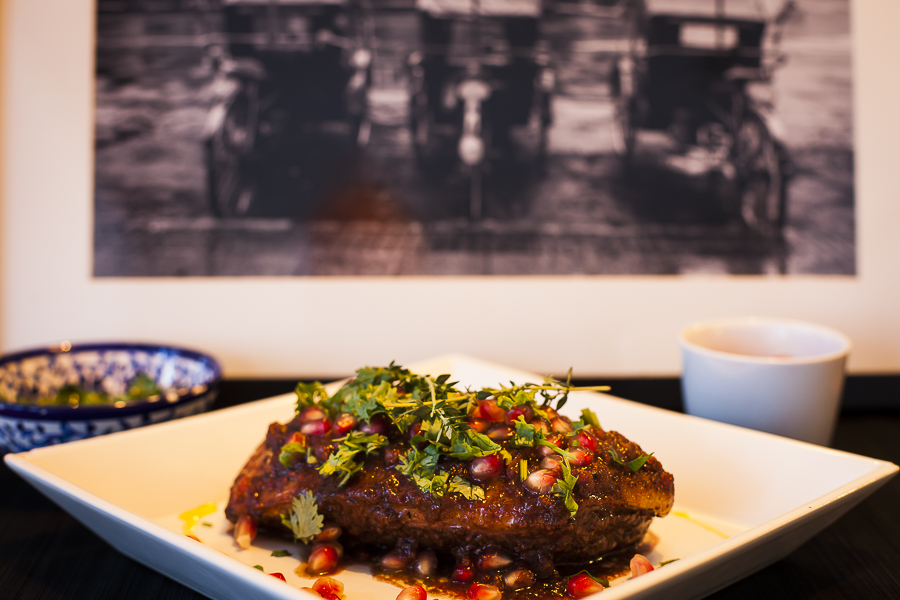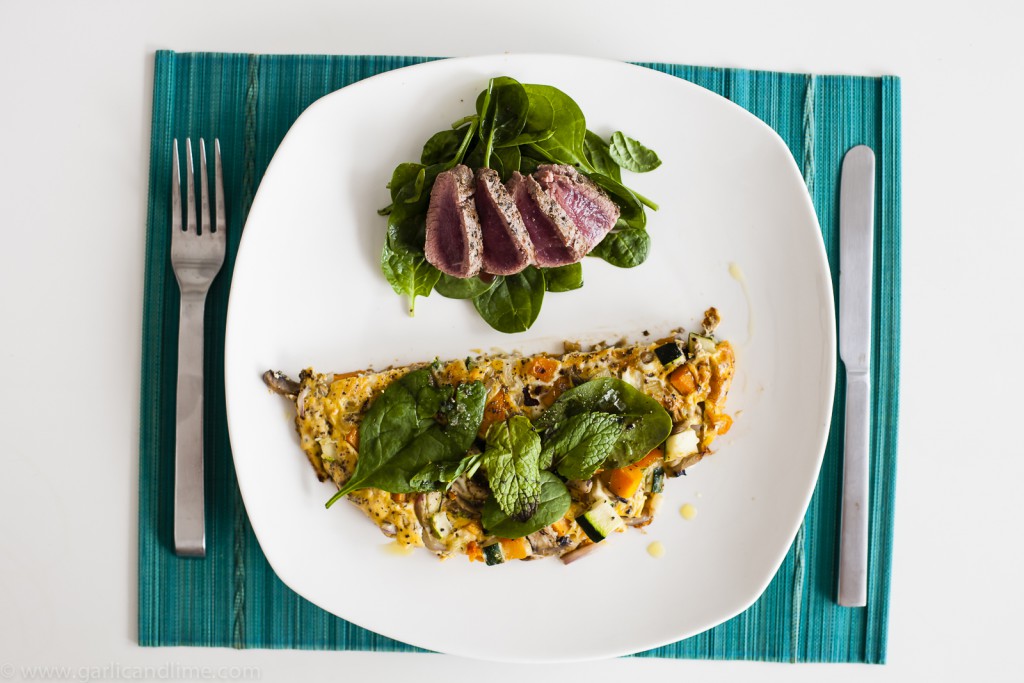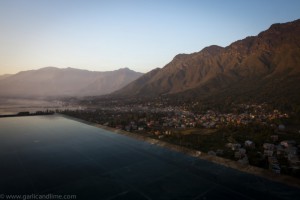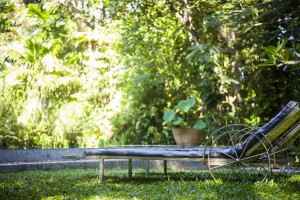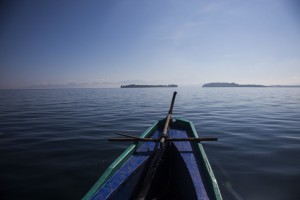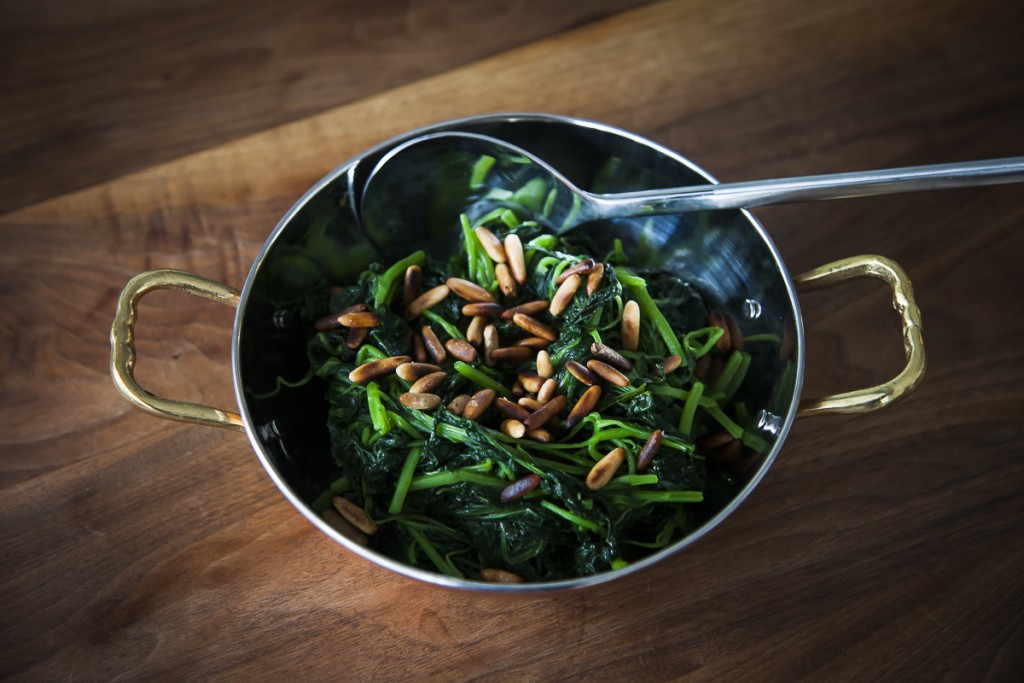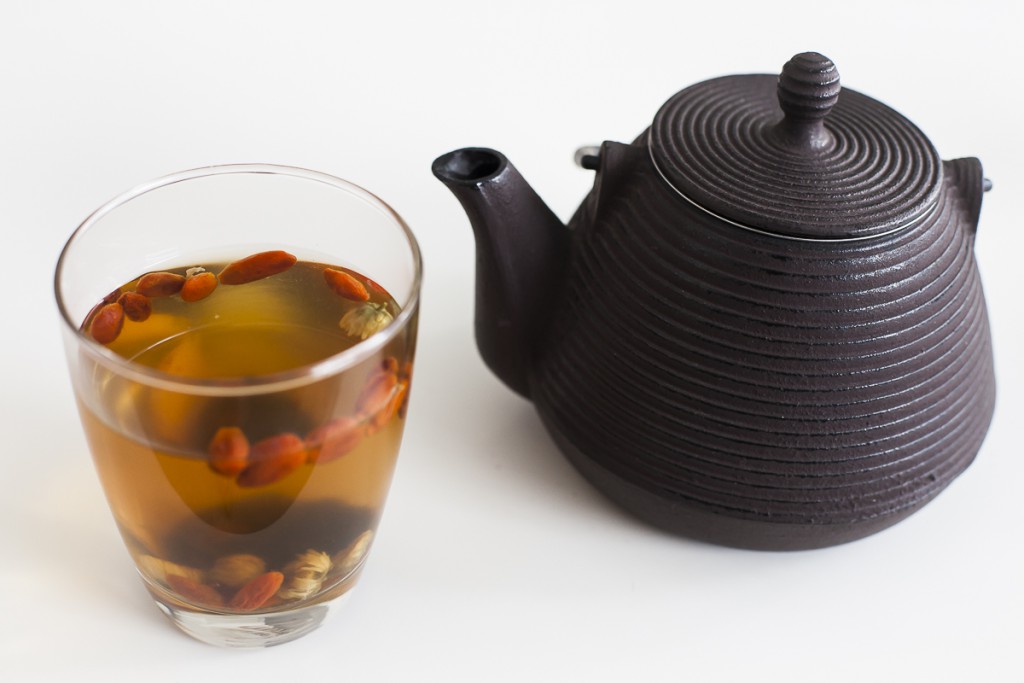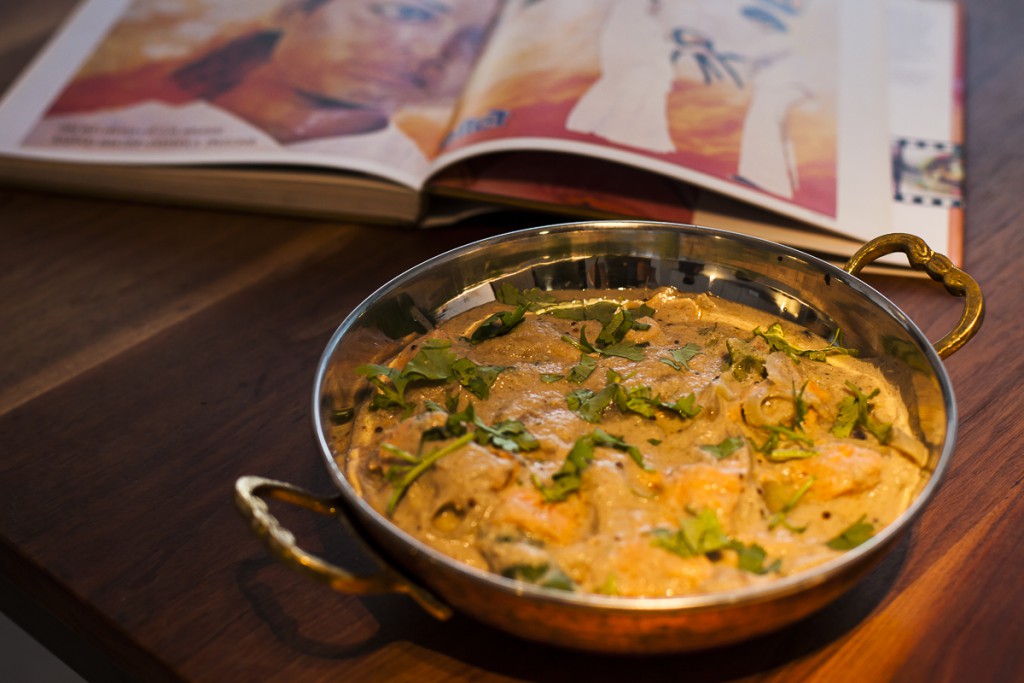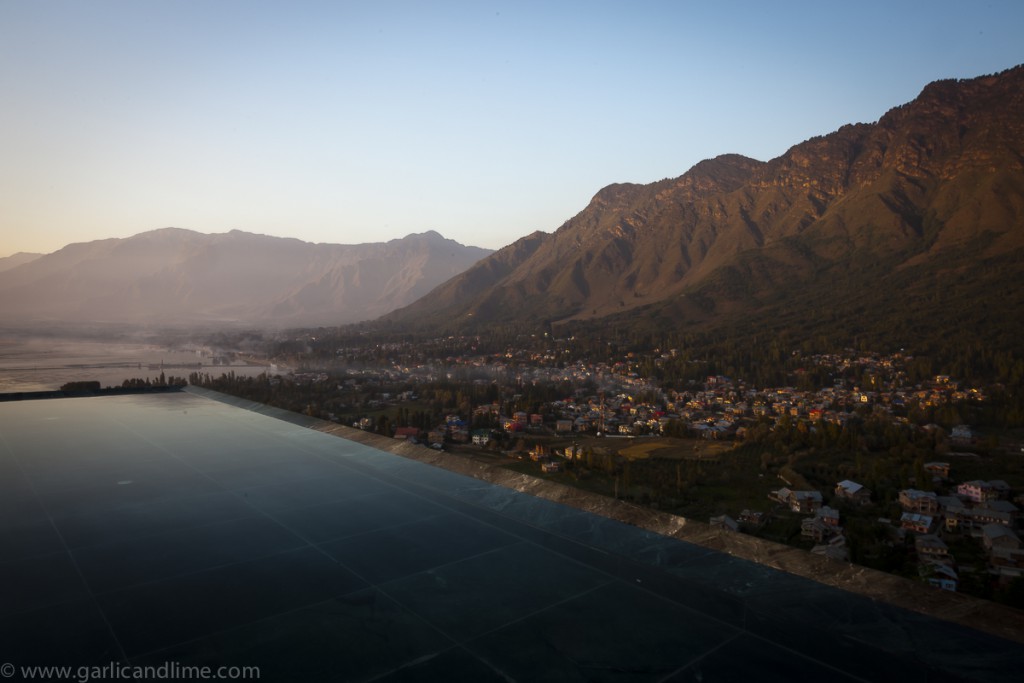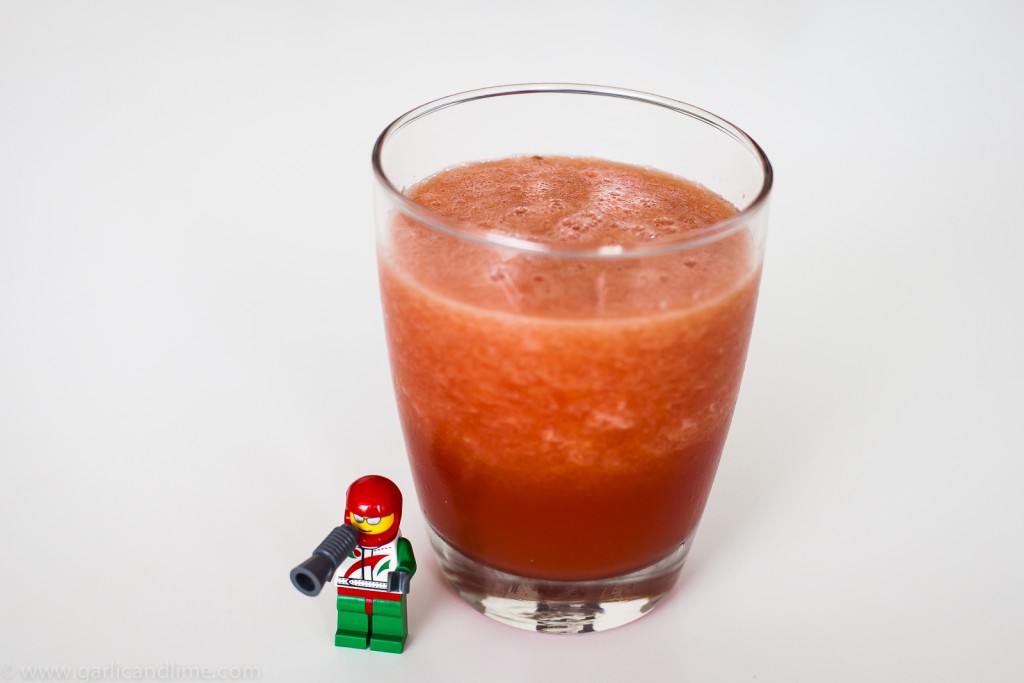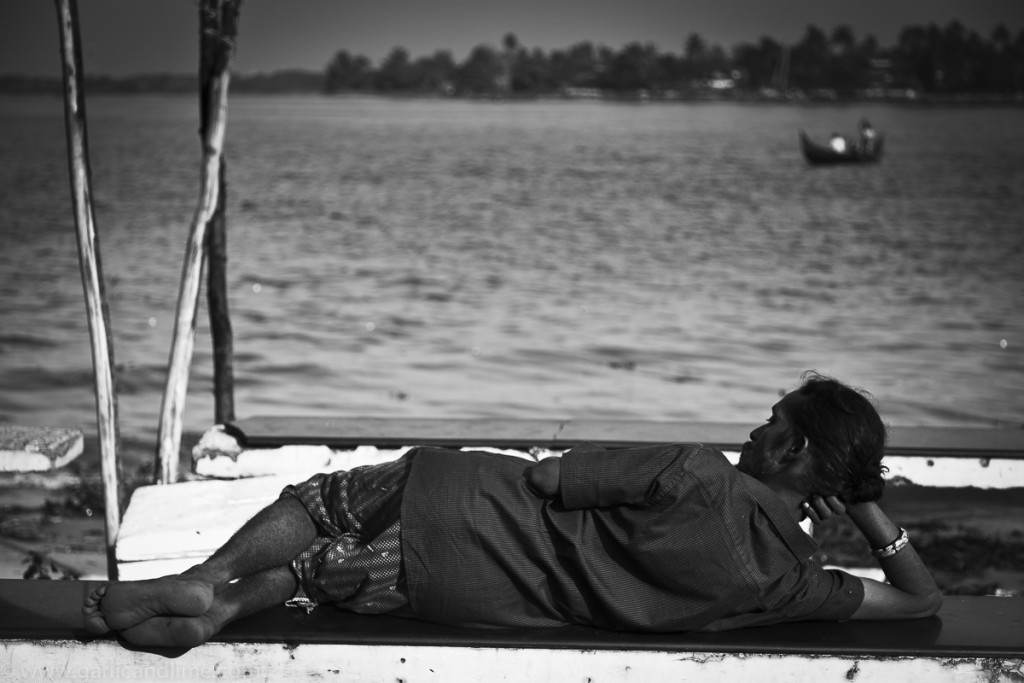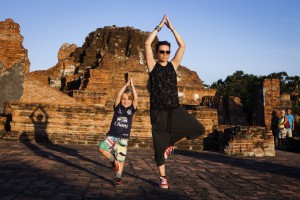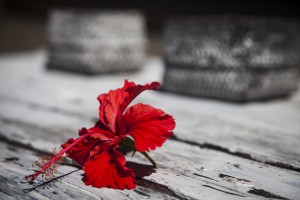Every couple of months an article about the best places to live in the world is published. They are all different – where to live as an expat by HSBC, the best cities in the world, the happiest countries in the world – but also more or less the same. Today I came across another of these articles but this one captured my attention for a little longer. While the world has become obsessed by improvements in GDP, this one said that we should look at a complete set of metrics, and not GDP alone. I like this concept, because I strongly believe that there is more in life than money alone.
Living around the world
We are currently living in Singapore – a country obsessed with wealth, shopping and prosperity. Before that we lived two years in New Delhi, India – probably the most polluted, crazy, and interesting city in the world. And before that we lived in small, “gezellig”, 16th century Amsterdam which you can bike around and enjoy the parks and coffee.
Living in these cities has made us think a lot about what really matters to us. What do we consider important and where do we actually want to live?
So what do we want for our lives?
So what is our favorite place to live? Is there any such thing? Are we even capable of living somewhere for the rest of our lives?
Genevieve is from New Zealand and I’m from Holland. Two opposites in the world, literally. But both countries we call home and we are very lucky that both of our countries normally end up pretty high on those best places to live lists. The fact that we were born in those countries, does not mean for us that we have to live in one of them, either now, or forever. I think too many people just live where they do just because they were born there, not because it makes them happy. Most people probably haven’t even thought about where they would like to live. It just is the way it is. That is human nature.
What is important to us?
Over the last few months we have been thinking about this question. What is important to us in where we live? And after living in a few different countries, it became clear that a few things are important us. We love being outside, we like green stuff so being able to go out and have easy access to nature – forests, mountains, beaches – is really important.
Keeping our bodies healthy
Living in Delhi also made us see first hand what pollution can do to your body. Running outside for 20 minutes was followed by coughing for at least the same length of time. Pollution is rapidly becoming one of the leading causes of death in Delhi. So a healthy living environment is also high on our list.
Equally important is a good education for Liam and quality health care. Space for Liam to run, and an ability for both of us to exercise and keep ourselves healthy so that we can call on that quality health care system as little as possible.
Eating safely
As you might have noticed, Genevieve and I love good food so access to good restaurants, cafes, but also healthy veggies or even the possibility to have our own vegetable garden, is also really important. The food scares that China has experienced over the last few years (pesticides, ingredients in oils, milk powders, the list goes on…) and some of the scares that we experienced in Delhi (our purified water supply being stopped because of a water scam that was refilling Purified Water canisters with filtered tap water, watermelons being sprayed with over the counter medicines and Yamuna river water…) has also made us extremely conscious of living somewhere where we can trust the quality of the food. In Delhi we found a way by finding a local organic farm who supplied our vegetables, but we would prefer that we can trust a wider portion of the system at large, or at least have a selection of local farmers that we can trust.
People we care about
But life is also about people, relationships. While living in Singapore we met some lovely people – just like we did in India – and made some great friends. But we also came to realize that it is very difficult for a non-Singaporian to meet Singaporians and to mix in local life. Singaporians stick with Singaporians and so we mainly hang out with fellow Expats. Which is fine but Singapore is a country where most people only stay for a couple of years before they go back home or move on to their next destination.
So as soon as you have a group of friends, half of them will leave. For us relationships are very important so in our ideal place to live it should not be too difficult to make and maintain friends. Which basically makes living in a beautiful but remote mountain village in Nepal not ideal…
Work life balance
One of the other things we have learned from our time in Singapore is the importance of work – life balance. Genevieve’s job here is one in which she has to travel a lot. Almost every week she takes a flight, and by the weekend she is often jet lagged and exhausted. It impacts on our family life, and while she really tries to use the rest of her energy for us, it doesn’t leave any work – life balance for her. Where ever we choose to stay next, and for a longer time, we need to get a better balance than what we have had here.
Job opportunities
Maybe this should have been higher on our list. Maybe a year ago it would have been higher on our list. Maybe we are changing and it has come lower on our list as our priorities have changed. We still want to have meaningful working lives, to have jobs where we feel that we are valued and can make a difference, but maybe climbing the corporate ladder, participating in the corporate games became less important for us the more of the world we have seen.
Colour in our lives
We don’t want to live boring. We have a sense of adventure. We love to explore. We like to see and experience new things and new senses. We need sunshine and places to visit and opportunities to travel. We need open minded people around us who want to talk rubbish late into the night over a nice dinner. Who want to dream with us.
So where is this place…?
We don’t know, we are still working on that. And maybe there isn’t one answer anyway. Maybe there isn’t one answer for the rest of our lives. Maybe we aren’t destined to live in the same place for the rest of our lives. Or maybe…
How did we get to decide all of these things?
Over the last months we have created a number of mind maps. Both together, and separately from each other. Basically we started with a blank piece of paper. We wrote one of the following questions on the middle of that paper, and we connected words to it that resonated with us to look for patterns in what we thought about.
- What is important to me?
- What is important for us as a couple?
- What is important for us as a family?
- What is important for us in where we live?
And then we talked about them together. We did this over the course of a few weeks, and were inspired by the book “
